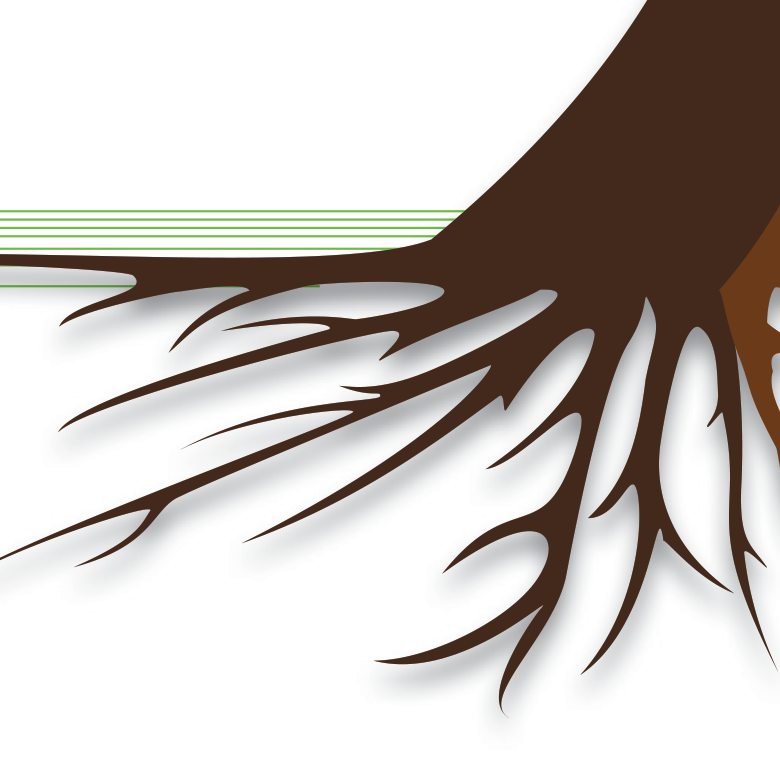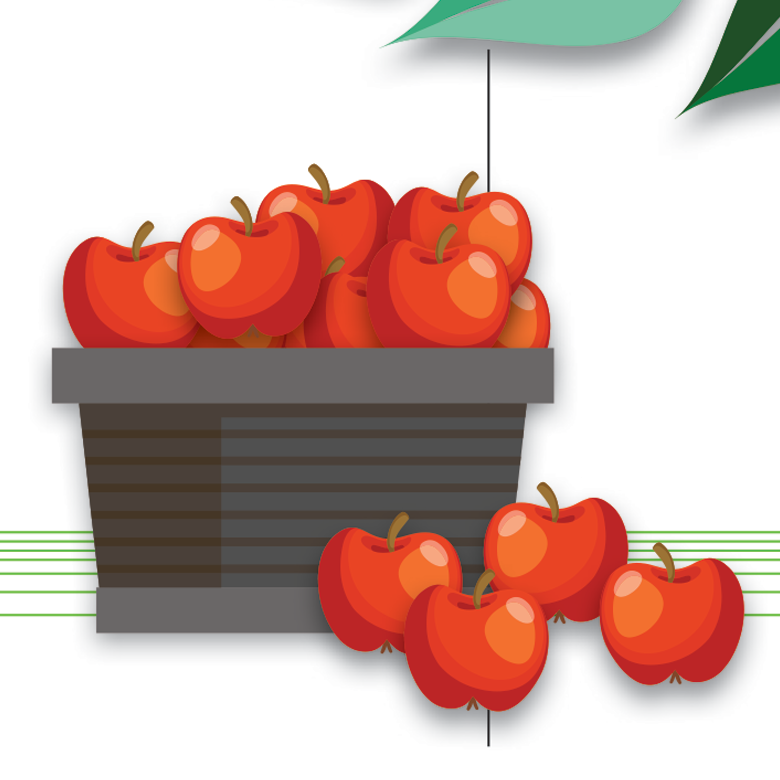Reaping the rewards of a customer loyalty program
Written by: Mark Pearson, Vice President, Loyalty Marketing
(View Author Bio)
Thinking of your customer loyalty program as a tree is a useful way to structure your program strategy and, like a tree, great loyalty programs stand the test of time, growing and bearing tangible fruit for many years.

____________________
A well-designed program is worth the effort and investment as it returns value in many ways:
-
At the program level and behavior-specific level
-
In the short term and long term
-
Directly and indirectly
-
Quantitatively and qualitatively
To ensure success, a measurement plan is a critical element in the design phase of your program. It requires identifying the objectives and KPIs of the program as well as how they will be tracked.
____________________
Here is how your tree should look:
The roots:

Roots are the pillars of your program, and the foundational elements that hold up the rest of your work. Just like the roots of a tree, without these the long-term health of the program is in jeopardy:
-
Customer lifecycle optimization
-
Behavioral economics to drive behaviors
-
Gamification
-
Equitable value exchange
-
Audience smart engagement - targeted/triggered and next best action
-
Data-driven engagement
-
Transactions + relationship
The trunk:

Long term, program level objectives are the trunk of your program. They are the north star, the metrics by which you define your program’s success and they lead directly to the roots you have established:
-
ROI
-
Lifetime values
-
Retention
-
Customer satisfaction/NPS
Branches and leaves:

Short term engagement categories are the branches of your program. They connect desired customer behaviors to your long-term objectives and provide incremental milestones to achieve your program goals. Leaves are the individual behaviors that lead to short-term success:
Branch 1 - Core transactional KPIs:
-
Purchase continuity
-
Increased revenue
-
Increased frequency
-
Increased ticket average
-
Auto renewal/recurring order
Branch 2 - Upsell/cross-sell KPIs:
-
Purchase across categories
-
New product trial/purchase
-
Product/service bundles
-
Product mix optimization (private label/higher margin)
Branch 3 - On-boarding:
-
Online portal activation
-
App download
-
Profile completion
-
Survey completion
-
Online/Auto bill pay
-
Product/service education
-
Initial brand engagement
Branch 4 - Relationship building and program activity:
-
Web activity - log-in frequency, time-on-site
-
Earning and redemption
-
Content consumption
-
Gamified challenge completions
-
Survey and poll completion
-
Social engagement
-
Advocacy - testimonials and referrals
Branch 5 - Channel/B2B loyalty behaviors:
-
Create/nurture customer relationships
-
Build customer database/profiles
-
RFM scores
-
Data sharing
-
Training and certification
-
New product launch
-
Early commitments
-
Rebate/incentive optimization
The watering can:

Trees can’t grow without water, and your program can’t grow without funding and investment. Plan your program budget to hit these key factors:
-
Funding for a living program
-
Content and engagement cadence
-
Push/pull - communications
-
-
Funding for equitable value exchange
-
Rewards
-
-
Funding for continual reenrollment
The pruner:

Growing a healthy tree means periodically trimming branches and leaves that no longer provide nourishment to the rest of the plant. As your program continues, remember to monitor, adjust and evolve:
-
Continual program improvement
-
Leading indicators
-
Enrollment and activation
-
Initial engagement
-
Earning and redemption
-
-
Survey and customer service inquiries
The fruits of your labor:

By starting at the roots and moving up the trunk to your branches and leaves, you’ll have a healthy customer loyalty program that delivers continual short and long-term results aligned with the core values of your company. With appropriate funding and continual adjustments to business and market-driven forces you’ll reap the rewards of your efforts for years to come.
____________________
The best way to get started is to get in touch.


















